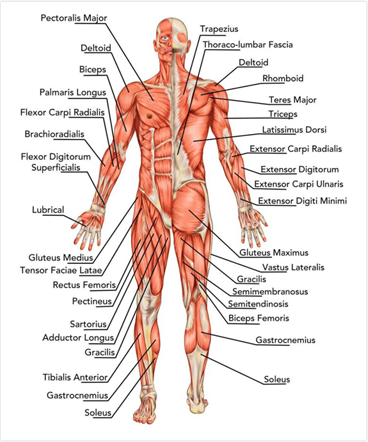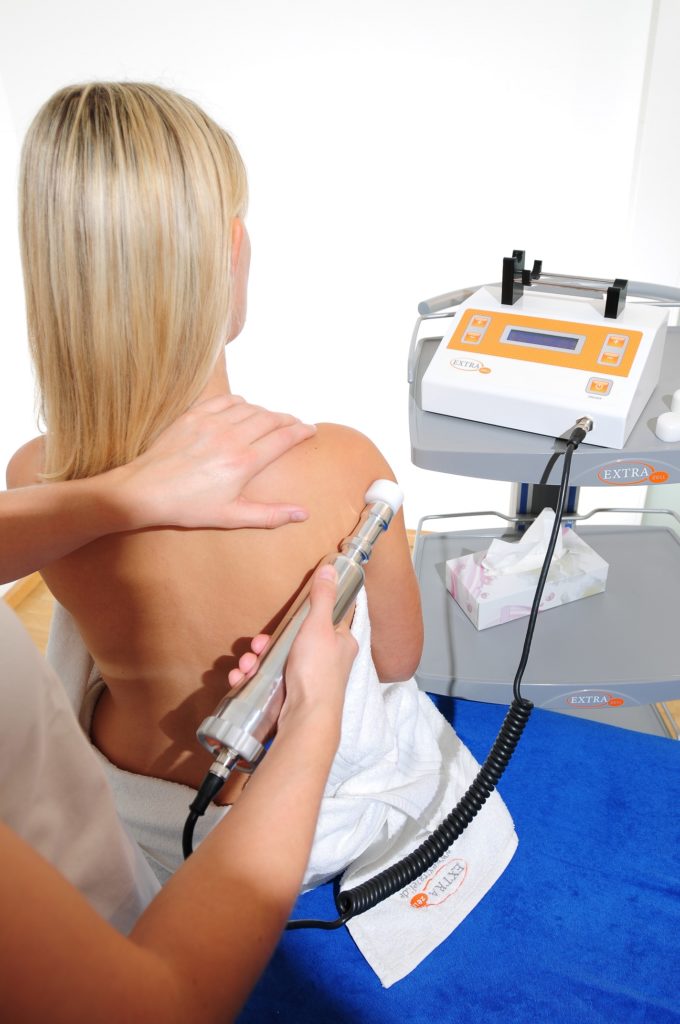Extracellular Matrix (ECM)
Internal milieu is a conceptual term coined by 19th Century French physician Claude Bernard that refers to the internal environment of an organism. According to the physician Bernard, the cells of our bodies only live under optimal and thriving conditions because they are protected from the external world. Dramatic changes that can occur in the external environment that may deliver internal cellular damage include changes in temperature, acidity, ion concentrations, physical and mental stress as well as nutrient levels. Physiologically, this internal milieu is composed of the water-based fluid compartments of our body, in particular the extracellular matrix, blood plasma and interstitial fluids that bathe all of our cells.


The Extracellular Matrix
The term extracellular literally means outside the cell, which explains where the matrix is located. The extracellular matrix (ECM) is a vast network of “non-living tissues” that provide the vital support to all the body’s cells.
It is a extremely complex three-dimensional network of proteins, glycosaminoglycans and other macromolecules. In addition to the vital structural support it gives, it also plays a role in other very specific functions. They include cell adhesion, migration and proliferation. The fluid of ECM initiates crucial biochemical and biomechanical signaling critical for tissue development, differentiation and maintaining homeostasis. Signals are conveyed through membrane receptors called integrins. The differential expression of extracellular matrix components, integrins and other constituents contributes to the control of pituitary hormone production and is an important player influencing adrenal function via the hypothalamic-pituitary-adrenal axis.
The constituent materials can vary widely. Animal ECM contains protein, minerals, and fiber. The extracellular matrix of plants is constructed from cellulose. ECM provides the essential physical scaffolding for our seventy trillion internal cells to roam and thrive. It is a dynamic environment with ongoing cellular communications and dialog. The ECM within each tissue is unique in composition and topology. Biochemical and mechanical properties of each organ, such as its elasticity and strength is determined and protected by the ECM. For example, ligaments have special proteins within the ECM to allow movement, while bone, ECM is made primarily from collagen and mineral deposits to create a strong structure.
Once considered a kind of inert goo, the ECM has been found to consist of semiconducting liquid crystals, materials known to have a variety of properties regulating transmission, storage, and processing of information. It therefore possesses amazing properties and presents immaculate order in function and structure. The ECM is one continuous interconnected ground substance, tying every function and every process in the living body one way or another. The reason is simple: every cell in the body is nourished via the matrix, and all waste products of cellular metabolism passes through this ground substance, which is the actual milieu.
Extracellular Matrix and Alternative Medicine – “BMS & Matrix Therapy“
Regeneration through movement & rhythm of muscles with Matrix Therapy
The ECM has not been recognized by conventional medicine as an organ because it is so completely intertwined with the physiological regulations within the body that it is extremely challenging to study and research. The traditional scientific medical model to reduce the whole into smaller components for study often fails in this area because the ECM works only as one whole unit and cannot be reduced to individual components to study.
Modern medicine’s heritage comes from a linear-casual and cause-and-effect thought process. This is extremely successful in surgery and acute illness, but it has largely failed in addressing chronic illness which exist in a multidimensional sphere.


It is here within the ECM where many of the alternative therapeutics exert their effect. It is in the ECM that the causes and cures of many of the so-called systemic and chronic illness, especially inflammatory conditions, (i.e. back pain) can be addressed.
The extracellular matrix can and should be considered as one total organ system that connects all parts of the human body. The ECM provides the platform and space that the vibrations of the BMS & Matrix Therapy travel through and work within. It is within the ECM that much of the body’s pH is determined, and the more traditional detoxification modalities such as fasting, diet, vegetable juicing work. Matrix Rhythm Therapy Rehabilitation of the ECM can vastly improve the outcomes of many chronic diseases by stimulating the body’s own repair process.
It is within the ECM that healing process begins. Major pharmacological and surgical intervention should not be embarked upon before ensuring that the ECM and all related immune functions have been de-stressed for the best clinical outcomes.
The long-standing confusions about the significance of holistic and complementary therapies becomes clear when proper recognition is given to the part the extracellular matrix plays as a totally pervasive system, a major organ, that alternative medicine and especially BMS & Matrix Therapy can exert its effect upon.
Read the therapy study
Abstract:
The rough structure of the living matrix is the extra-cellular matrix (ECM) as a histological fact. The ECM is of an extremely high importance in biological medicine. Not only do most interactions between the regulation systems take place within the extra-cellular matrix, also the presence or storage of homotoxins at that stage might induce all kinds of dysregulations and pathologies, even intra-cellular. Therefore a short study of the histology and physiology of the ECM is needed first to understand the importance and depth of impact of the living matrix on a human’s health and disease.